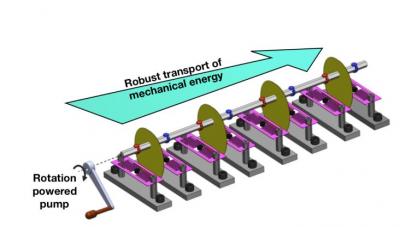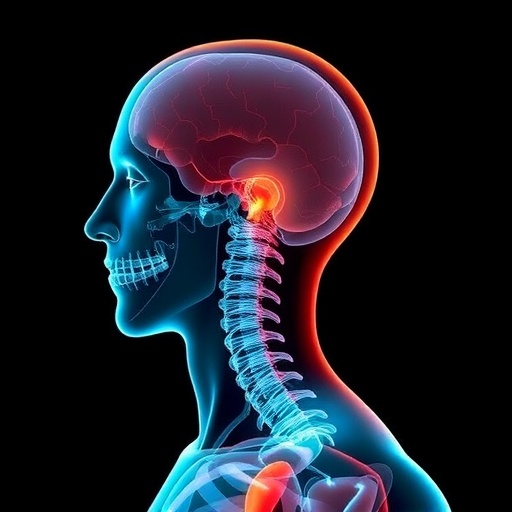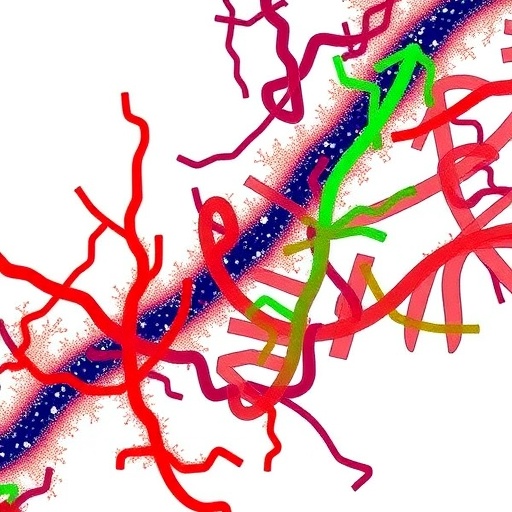Topological pump can provide stability for communication technologies

Credit: Guarav Bahl
Most technologies today rely on devices that transport energy in the form of light, radio, or mechanical waves. However, these wave-guiding channels are susceptible to disorder and damage, either in manufacturing or after they are deployed in harsh environments.
Researchers from the University of Illinois at Urbana-Champaign’s Grainger College of Engineering have experimentally demonstrated a new way to transport energy even through wave-guides that are defective, and even if the disorder is a transient phenomenon in time. This work could lead to much more robust devices that continue to operate in spite of damage.
Gaurav Bahl, associate professor in mechanical science and engineering, and Taylor Hughes, physics professor, published their findings in Nature Communications. This important work was led by postdoctoral researcher Inbar Grinberg, also in mechanical science and engineering.
Their article, “Robust temporal pumping in a magneto-mechanical topological insulator,” details the demonstration of a topological pump, a system that produces on-demand, robust transport of mechanical energy when it is periodically driven in time. The researchers built the topological pump using a one-dimensional magneto-mechanical artificial material, composed of springs, masses, and magnets.
The inspiration for the pump came from Nobel-prize winning physicist David Thouless’ work from 1983, in which he proposed a scheme to achieve quantized transport of single particles, e.g. electrons, through a periodic potential, e.g. a chain of atoms. The underlying principle is to make gradual, periodic modulations to the structure of the chain as a function of time. At the completion of each period of the pumping cycle, a single particle must enter the chain on one end, and simultaneously a single particle must exit the other end of the chain. This reliably occurs even if the chain of atoms has some moderate amount of disorder.
This type of system is termed a pump because its technical description evokes a vision of an Archimedes Screw, a hand-cranked water pump with historical references dating back to ancient Egypt.
The Grainger researchers took Thouless’ idea and implemented it into a mechanical topological pump. A notable distinction is that their pump transports mechanical energy, not particles or water, across the entire chain in one period of the pumping cycle. Moreover, the pump operates successfully even if the chain has significant amount of disorder in space or time. To complete the analogy to a water screw pump, the researchers powered their demonstration with a rotating crank shaft.
“Ultimately, we would like to extend this demonstration to produce similarly resilient wave-guides for light, sound, and electricity,” explained Bahl. “The dream is to put a signal in on one end of a one-dimensional channel, and have guaranteed transport to the other end, in a robust fashion whenever the user wants it. We believe that topological pumps are a great way to do that.”
Optical fiber and copper lines form the backbone of all our communication technologies. Presently, moderate damage along such communication channels – e.g. anything but complete disconnection – can reduce signal strength and even produce undesirable reflections, which adversely affect the amount of data that these channels can carry.
The research team believes that topological pumping could be a great solution in these scenarios.
###
Mao Lin, Wladimir A. Benalcazar, Christopher W. Peterson, and Cameron Harris were also collaborators on the article, which can be found in Nature Communications at https:/
Media Contact
Guarav Bahl
[email protected]
Original Source
https:/
Related Journal Article
http://dx.




